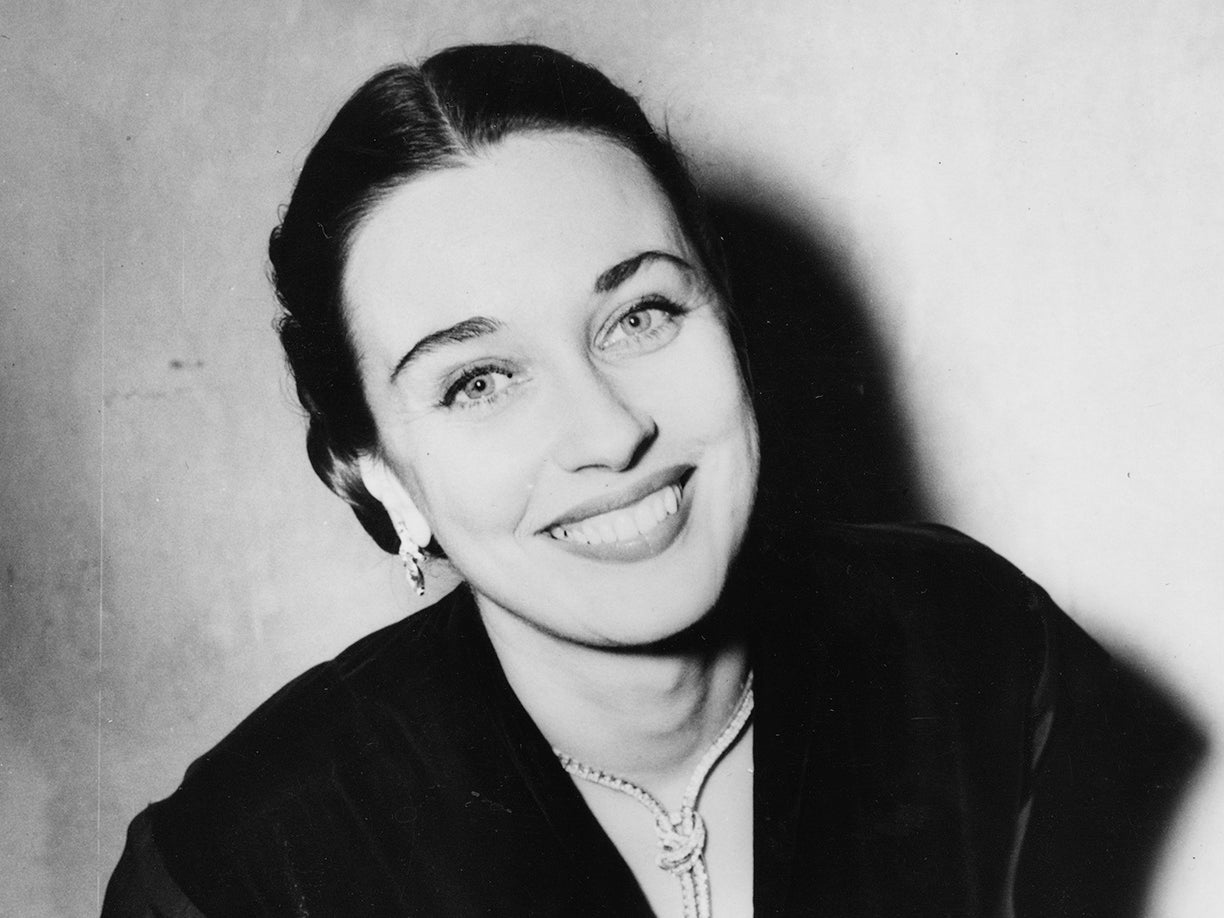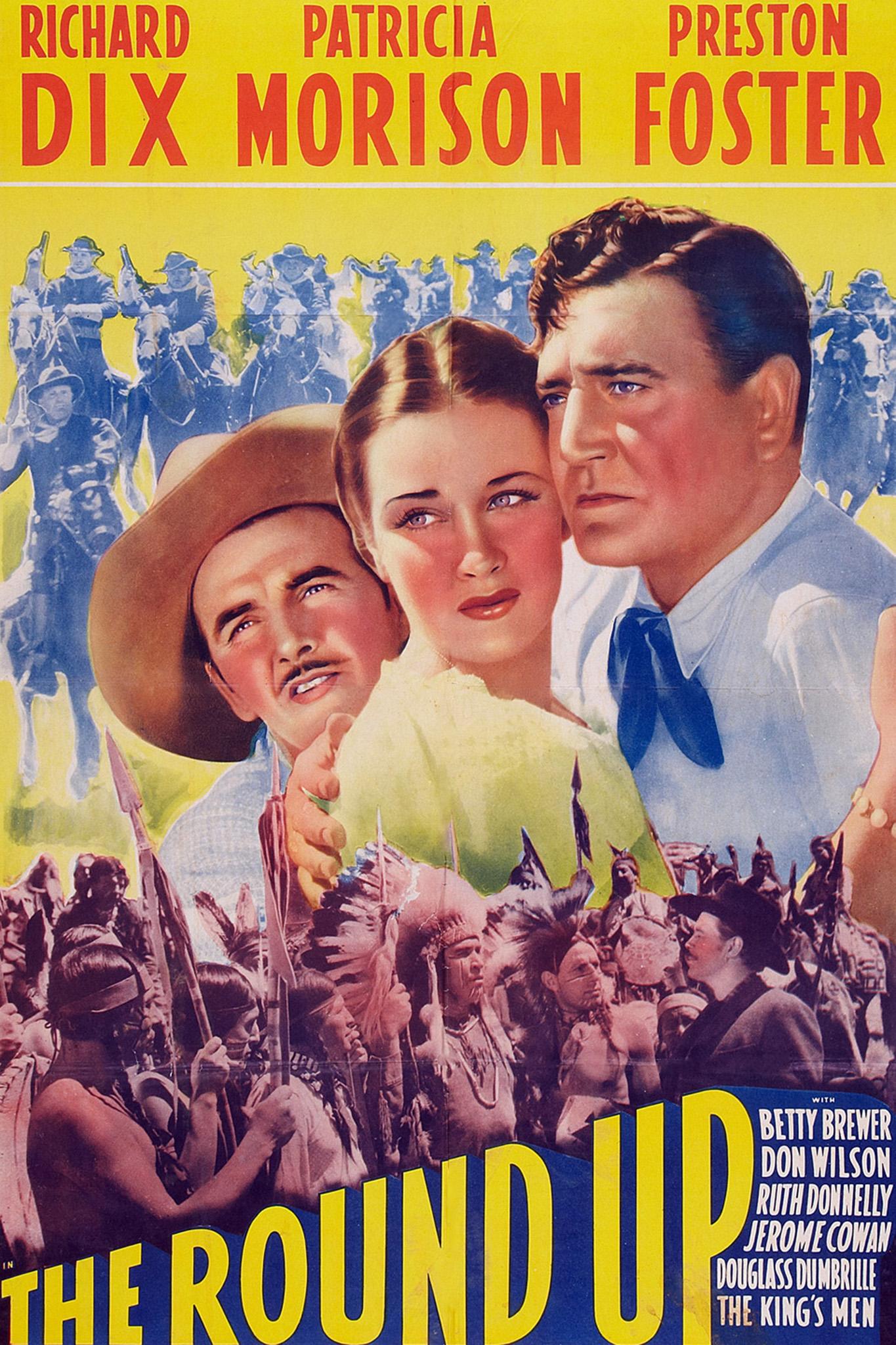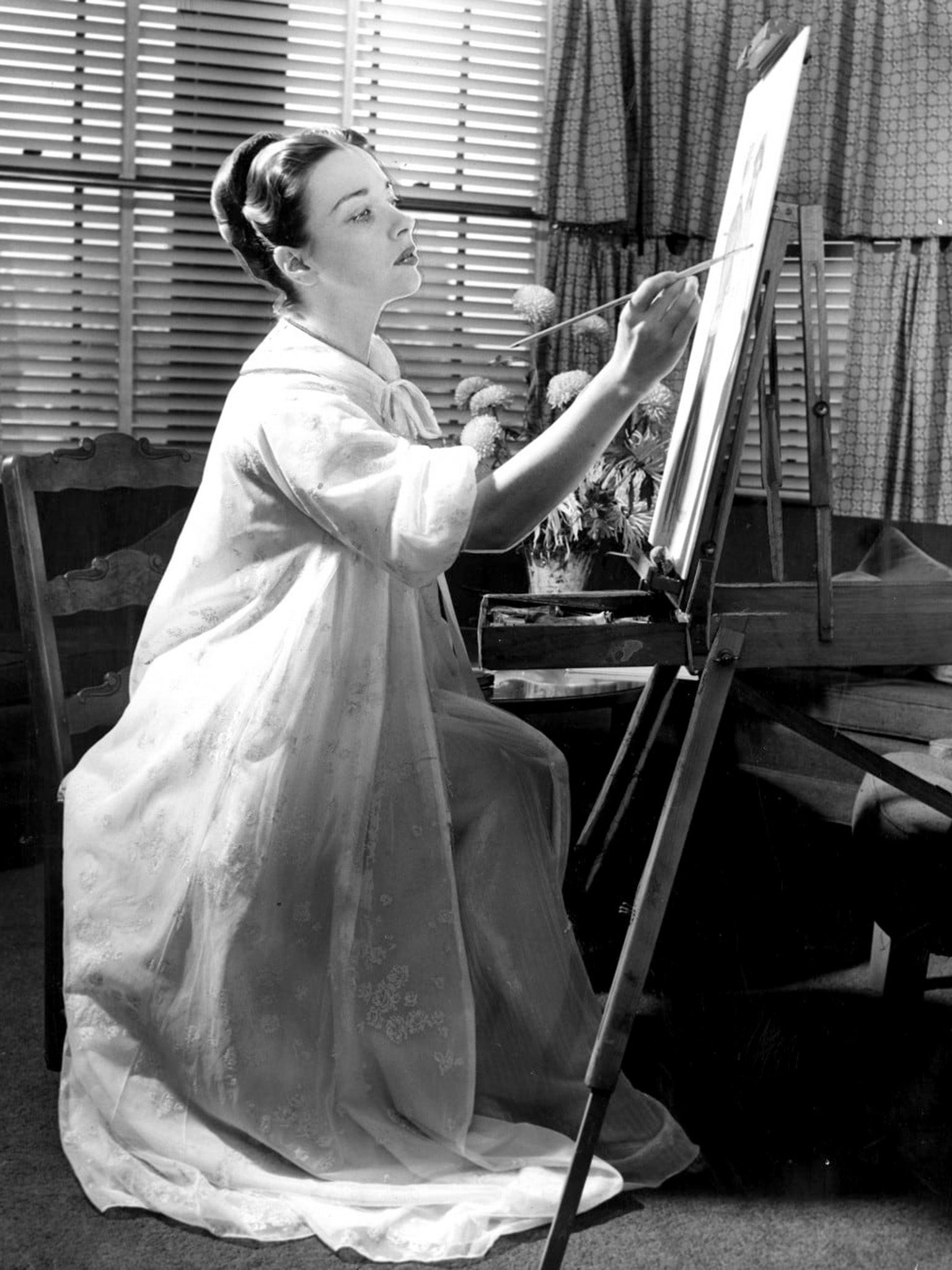Patricia Morison: Screen beauty who starred in Broadway hits Kiss Me, Kate and The King and I
The qualities Hollywood had overlooked – Morison’s skill as a mezzo-soprano, her droll presence, her feisty charisma – were on full display in Cole Porter’s instant classic

Your support helps us to tell the story
From reproductive rights to climate change to Big Tech, The Independent is on the ground when the story is developing. Whether it's investigating the financials of Elon Musk's pro-Trump PAC or producing our latest documentary, 'The A Word', which shines a light on the American women fighting for reproductive rights, we know how important it is to parse out the facts from the messaging.
At such a critical moment in US history, we need reporters on the ground. Your donation allows us to keep sending journalists to speak to both sides of the story.
The Independent is trusted by Americans across the entire political spectrum. And unlike many other quality news outlets, we choose not to lock Americans out of our reporting and analysis with paywalls. We believe quality journalism should be available to everyone, paid for by those who can afford it.
Your support makes all the difference.Patricia Morison, an actress who combined ravishing beauty with cool sophistication, was promoted as the “Fire and Ice Girl” when she landed in Hollywood in the late 1930s. She appeared opposite some of the most popular stars of the era – from Spencer Tracy to Tarzan actor Johnny Weissmuller – but her career stalled after being typecast as a well-coiffed vamp.
Morison, who has died aged 103, did not emerge to public recognition until returning to her Broadway roots in 1948 to perform in Cole Porter’s Kiss Me, Kate, which became one of the most popular stage musicals of all time.
She had won the leading role only after big names of opera and stage, from Jarmila Novotna to Mary Martin, turned down what they assumed would be a hard-sell musical adaptation of Shakespeare’s Taming of the Shrew.

Kiss Me, Kate, co-starring Alfred Drake, was about battling ex-spouses – vain man, tempestuous woman – who unite for a revival of Shakespeare’s romantic comedy. An instant classic, the show ran for more than two years and won the Tony Award for best musical. The comedy also revived the reputation of composer and lyricist Porter after several flops and enshrined Morison in theatre history.
Robert Osborne, the host of the Turner Classic Movies cable channel, once called Morison “woefully misused” in films. One studio, ignorant of her background in musical theatre, even dubbed her singing voice in the 1943 movie musical Silver Skates.
But the qualities Hollywood had overlooked – Morison’s skill as a mezzo-soprano, her droll presence, her feisty charisma – were on full display in the Porter show. The New York Times theatre critic Brooks Atkinson praised Morison as “an agile and humorous actress who is not afraid of slapstick and who can sing enchantingly”.
Among the standards that Morison introduced were “So in Love”, “Wunderbar” and “I Hate Men” – a song Porter feared would turn the audience against her but in fact won ovations for her wickedly robust rendering while banging an ale tankard. The score was awash in other future pop hits, including “Too Darn Hot”, “Why Can’t You Behave” and “Always True to You (In My Fashion)”.

Morison reprised the role for a 1951 London production, followed by several TV performances. In 1954, she took over the Broadway role of Anna Leonowens in the Rodgers and Hammerstein musical The King and I starring Yul Brynner. They later toured nationally.
She often recalled fending off the less-than-subtle advances of Brynner, who once invited her to his dressing room – where she found him naked and in a lotus position.
“I didn’t take my eyes off his face and said, ‘You wish to speak to me, Mr Brynner?’” she later said. Her nonchalance diminished his morale. But, she added, “We ended up the best of friends.”
Eileen Patricia Augusta Fraser Morison was born in New York City in 1915. Her father, William, was an Irish-born playwright and actor who worked under the name Norman Rainey.

At 16, she enrolled in the Neighbourhood Playhouse, a theatre school in New York where she studied dance and movement with Martha Graham. In the mid-1930s she understudied Helen Hayes for long-running drama Victoria Regina. Hayes, Morison lamented, always showed up for work.
In 1938, Morison won ecstatic reviews in The Two Bouquets, a spoof of Victorian operetta that featured Drake, her future Kiss Me, Kate co-star. She was soon in Hollywood, under contract with Paramount Pictures. In publicity photos, she was often featured with her Rapunzel-length raven hair, deemed the longest in the film colony.
Morison played a gun moll in her movie debut, Persons in Hiding (1939), based on a book by FBI director J Edgar Hoover. After a run of equally lacklustre films, her prospects dimmed quickly. She parted ways with Paramount after they replaced her with the new blonde sensation Veronica Lake in The Glass Key (1942), based on a Dashiell Hammett crime story.
As a freelance actress, she was often in minor or unsympathetic roles. She played the Empress Eugenie in The Song of Bernadette (1943), a film that made an Oscar-winning star of Jennifer Jones, and was a bossy type in Without Love (1945), a romantic comedy with Spencer Tracy and Katharine Hepburn.
She was an outright villain in Dressed to Kill (1946), the last of the hit Sherlock Holmes movies starring Basil Rathbone, and Tarzan and the Huntress (1947).

A possible breakthrough performance as a rape victim who commits suicide in Kiss of Death (1947), a first-rate crime drama, was deleted by censors from the final film. But perhaps the ultimate indignity she suffered in Hollywood was her exclusion from the 1953 movie version of Kiss Me, Kate; Kathryn Grayson and Howard Keel played the leading parts.
Morison, who never married, had no immediate survivors. She died at her home in Los Angeles.
A theatre stalwart, Morison played in regional, touring and stock productions of musicals and comedies. She also had guest roles on television shows ranging from the Western Have Gun – Will Travel in 1958 to the sitcom Cheers in 1989.
Best remembered for her stage work, she expressed surprise when people approached her about her movies, in which she had so often played the femme fatale.
Patricia Morison, American actress, born 19 March 1915, died 20 May 2018
© Washington Post
Join our commenting forum
Join thought-provoking conversations, follow other Independent readers and see their replies
Comments